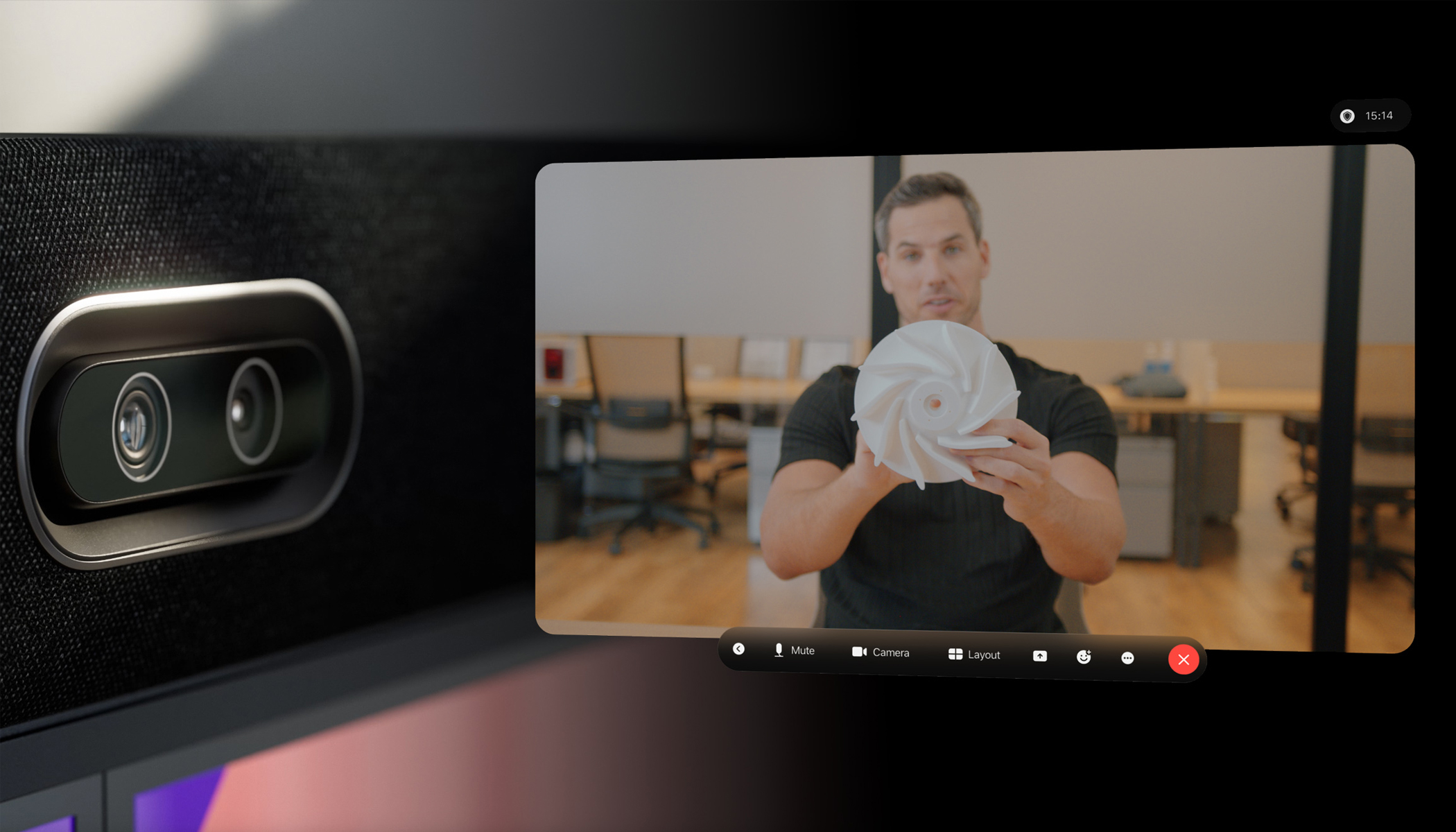
Vimeo today announced it has released a native app for Apple's Vision Pro headset, allowing users to view, upload, and share spatial videos.

Spatial videos offer three-dimensional depth, making scenes look more immersive and life-like. Spatial videos can be watched on the Vision Pro, and recorded on the Vision Pro, all iPhone 16 models, and iPhone 15 Pro models. You can upload spatial videos to your Vimeo library from the Vimeo app on iOS and visionOS, and on Vimeo.com.
"This kind of spatial content is the future of storytelling, and we're proud to be at the forefront of this revolution," said Philip Moyer, CEO at Vimeo.
Vimeo's announcement also reiterates that Apple plans to update Final Cut Pro later this year to enable users to edit spatial videos on their Mac.
Vimeo embracing the Vision Pro comes after YouTube shunned the headset. Earlier this year, it was reported that YouTube had no plans to release an app for the Vision Pro, and it has not allowed its iPad app to be used on the headset. And earlier this month, developer Christian Selig removed his third-party YouTube app Juno from the visionOS App Store after YouTube's legal team told him the app violated the company's terms of service. Of course, YouTube's decisions regarding the Vision Pro could change in the future.

In other Vision Pro app news, Cisco today announced it will soon release a Spatial Meetings app for the headset that works with the Cisco Room Bar Pro. The app will enable meetings with "stunning, life-like video and incredible depth."
Article Link: Vimeo Releases Vision Pro App With Spatial Video Support After YouTube Shuns Apple's Headset

